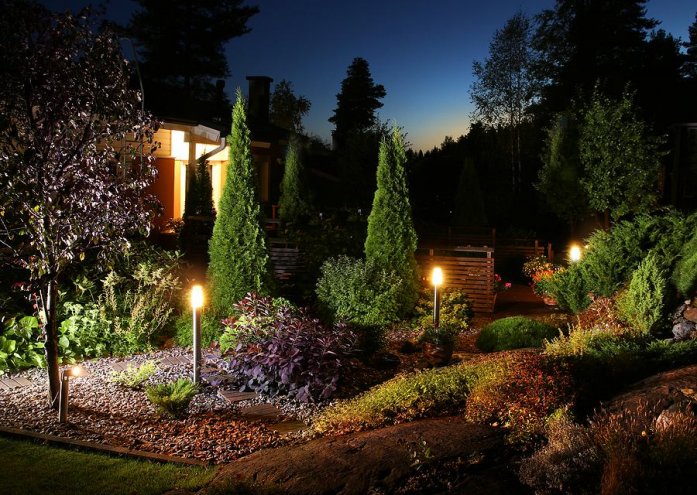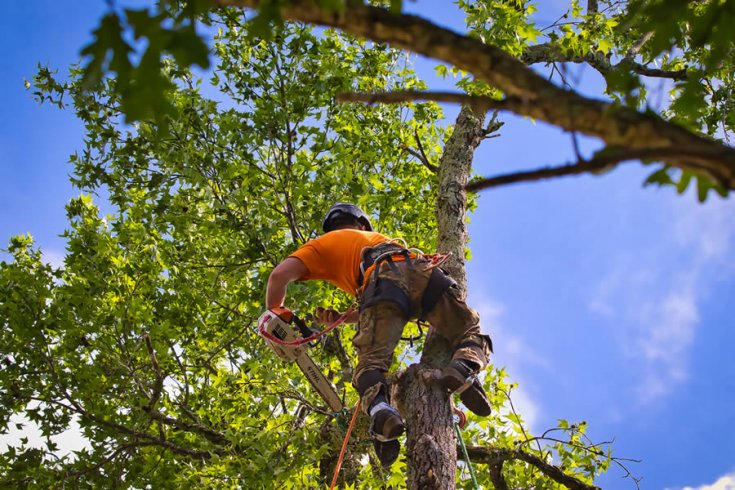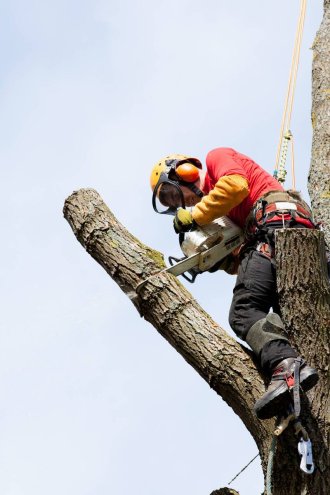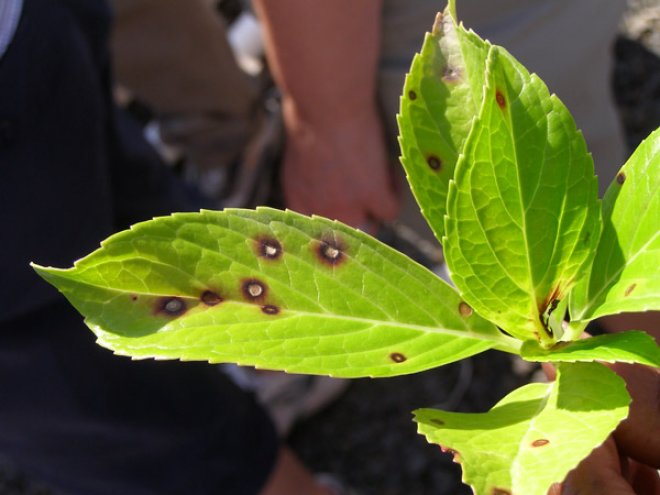Menu
Tree removal is a significant task that requires careful planning and execution to ensure safety and efficiency. Because of disease, hazard, or landscape redesign, proper techniques are crucial for a successful removal process. Driscoll Tree Service is a trusted tree care company that leverages innovative equipment and proven strategies to provide exceptional services. If you have a troublesome tree on your premises, here are some tips and techniques to consider during removal.

Assessment and Planning
It is essential to assess the tree’s condition and plan accordingly before initiating any tree removal. To devise a safe and effective removal strategy, tree service professionals usually consider size, health, leanness, and proximity to utility lines. In addition, professional tree service providers get necessary permits to ensure compliance with local regulations and safety standards.
Cutting Techniques
While maintenance tasks, such as tree trimming and pruning, require proper cutting techniques, tree removal is no exception. The proper technique goes a long way to ensure safety and efficiency throughout the removal project. One commonly used method is the notch-and-backcut technique, where arborists create a notch on the side of the tree facing the direction of the desired fall, followed by a backcut on the opposite side to guide the tree’s descent. Another technique is controlled directional felling, where ropes and pulleys control the tree’s fall, especially in confined spaces or near obstacles.
Using the right equipment and tools is crucial for tree removal tasks. Chainsaws are the primary tool for cutting trees, and they are available in various sizes and power capacities to suit different tree sizes and types. Also, ropes, harnesses, and rigging equipment are essential if tree trimming is necessary to lower branches and sections of the tree during removal. When you onboard a tree care company, they ensure all equipment is well-maintained and operated by trained personnel to prevent accidents and injuries.
Safety is always a priority in significant projects, including tree pruning and removal. Before starting any work, establish a clear work zone and ensure everyone involved is aware of potential hazards. Arborists leverage proper personal protective equipment (PPE), including helmets, eye protection, gloves, and sturdy footwear. DIYers should work with others and always have a designated spotter to assist and monitor the tree’s fall trajectory.

Removing large trees requires extra precautions and specialized techniques. A professional tree care company has the expertise and equipment for handling such tasks safely. When planning the removal process, we consider factors such as tree weight distribution, wind conditions, and nearby structures. Employing crane-assisted removal techniques can help with large tree removal projects if necessary.
Consider the environmental impact of tree removal and take measures to minimize disruption to the surrounding ecosystem. Proper disposal of tree debris and recycling of wood material can reduce waste and environmental footprint. Also, consider replanting or landscaping options to maintain ecological balance and aesthetic appeal after tree removal.
Tree removal is a task that requires careful planning, appropriate techniques, and adherence to safety protocols. You can ensure a successful and responsible tree removal process by following the methods mentioned. Contact us at the Driscoll Tree Service and schedule a consultation with our experts to access quality services, including tree pruning and removal.

What's The Right Time of Year to Remove Trees? Trees provide a range of benefits to your property and the ecosystem. Whether it is enhancing curb appeal and giving shade or cleaning the air, the value of trees can’t be…
Read More
How to Keep Your Trees Healthy Keeping trees healthy is not just essential for the aesthetics and safety of your landscape but also improves the quality of the environment. However, like other living things, trees need routine care and maintenance…
Read More
Benefits of Tree Trimming Do you have a tree that needs a lot of attention, but you're unsure what to do? Whether your tree is growing too close to the house, hangs over the driveway, or is growing unevenly, the…
Read More
Ideal Evergreen Trees to Plant in Your Landscape Evergreen trees are a cherished addition to any landscape, providing year-round beauty and many practical benefits. While deciduous trees may shed their leaves in the fall, evergreens maintain their lush foliage throughout…
Read More
Top Reasons to Hire a Certified Arborist for Tree Services Trees are among the best investments you can make in your property. They offer aesthetic, provide shade, increase home value, and can even give you delicious fruit to enjoy. However,…
Read More
5 Bad Pruning Examples Tree pruning and trimming are vital for maintaining a healthy and aesthetically appealing yard. Proper tree care ensures robust growth, a sturdy structure, and a beautiful shape. However, improper pruning can cause serious issues such as…
Read More
Brown or Black Spots on Tree Leaves As a homeowner, landscaping enhances curb appeal, safety, and property value. This includes scheduling routine inspections with a professional tree service provider. Trees provide many benefits to your home and the ecosystem, hence…
Read More
What Happens If Tree Roots Freeze? Wintertime isn’t just tough on plumbing and roofing; it is also brutal on trees. Tree roots can freeze when soil temperatures drop below 15°F or the water within the soil surrounding the roots freezes…
Read More
Best Tips to Clear Overgrown Land Land is one of the best investments you can make, but here’s the catch: if you want to unlock its full potential, then you’ve got to cultivate or develop it. Before you can do…
Read More
Trees are some of the most fascinating living things on Earth. They can live for decades, centuries, and some even thousands of years. Trees go through a life cycle from tiny seedlings to towering giants. It's just as interesting as…
Read More